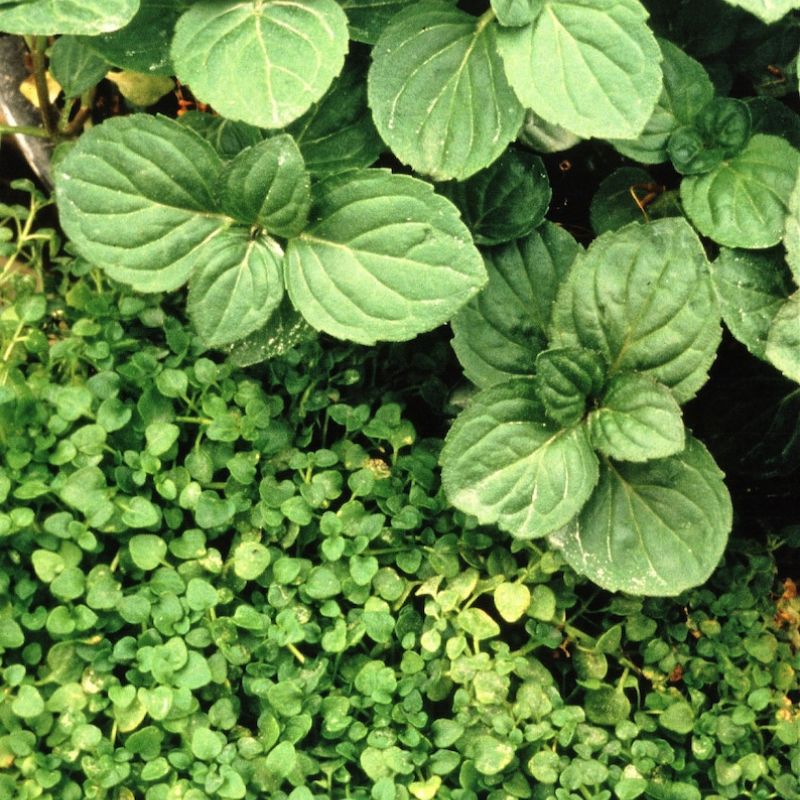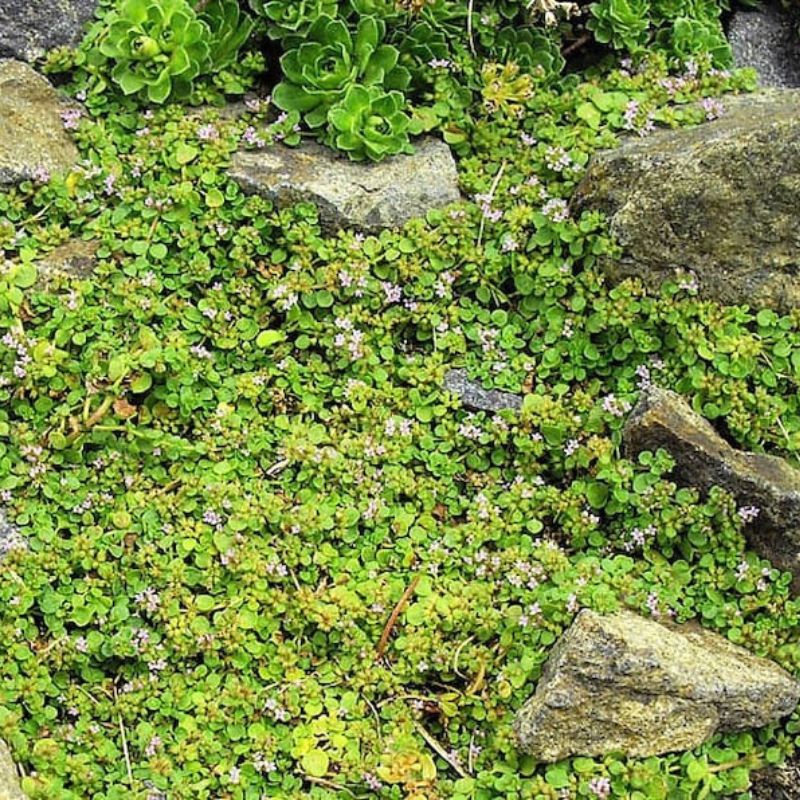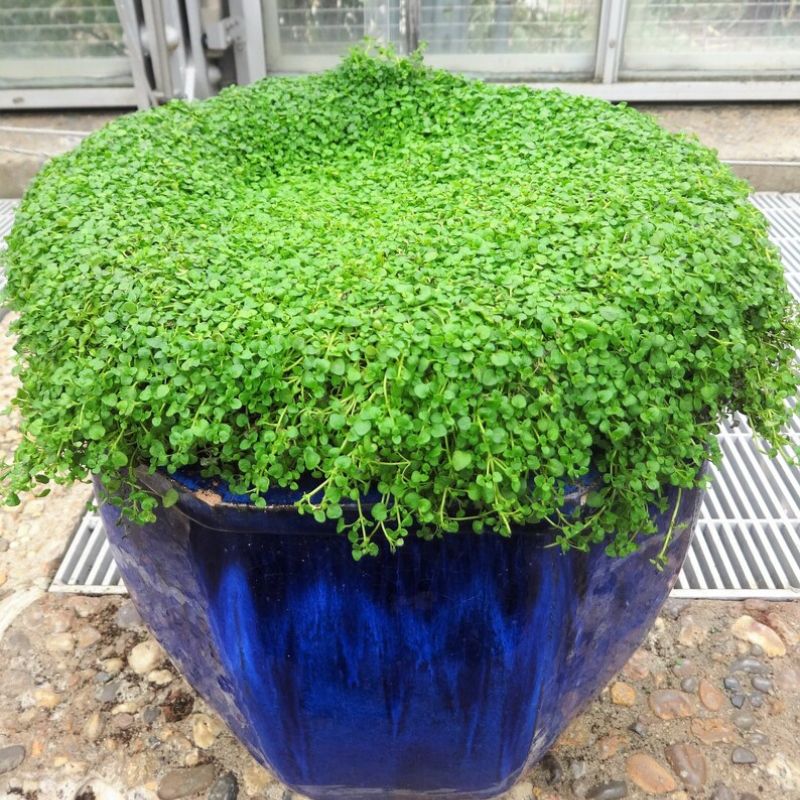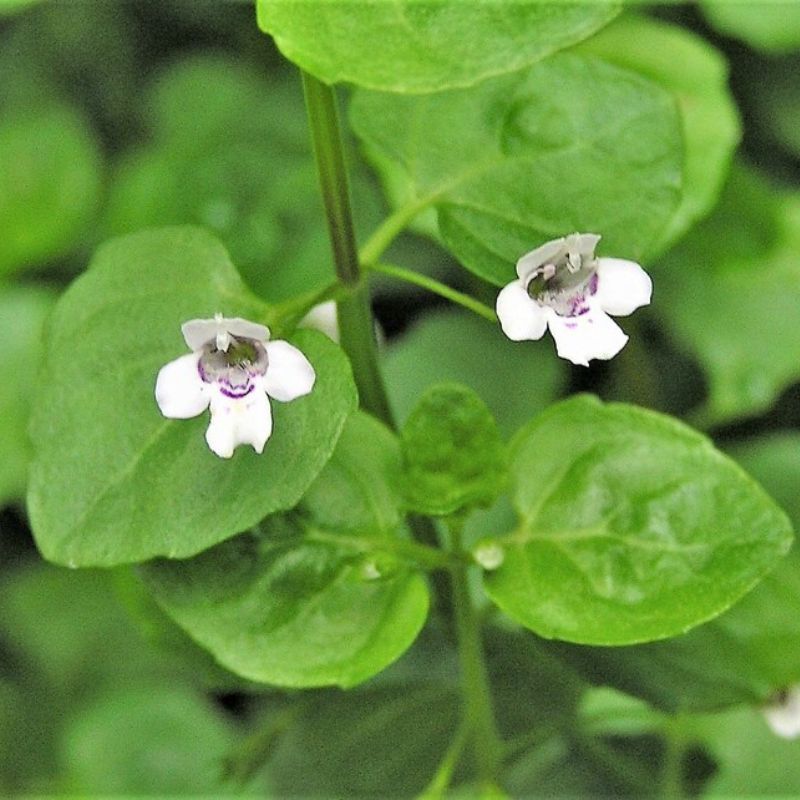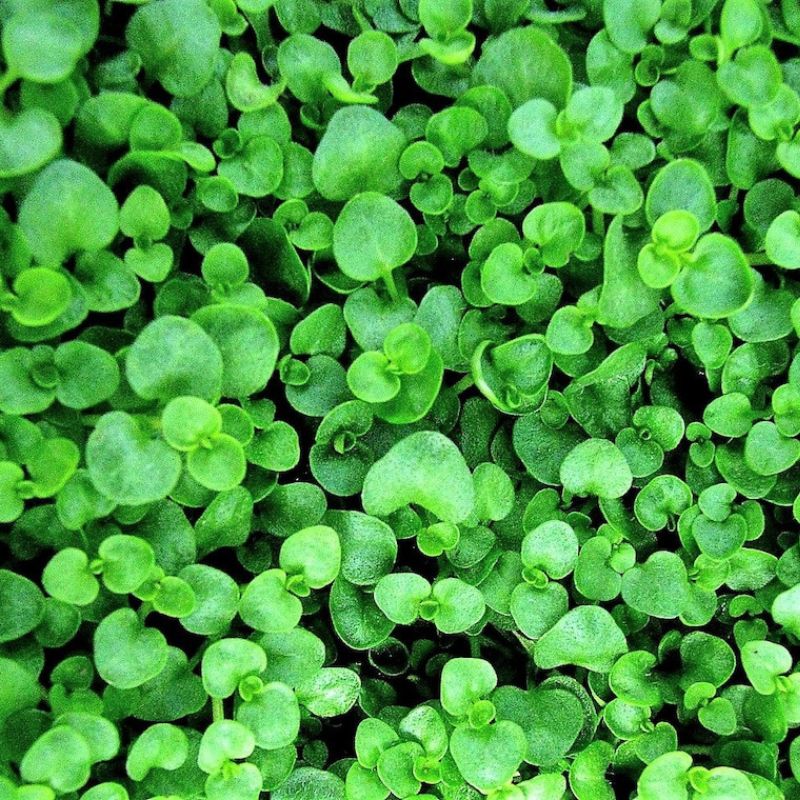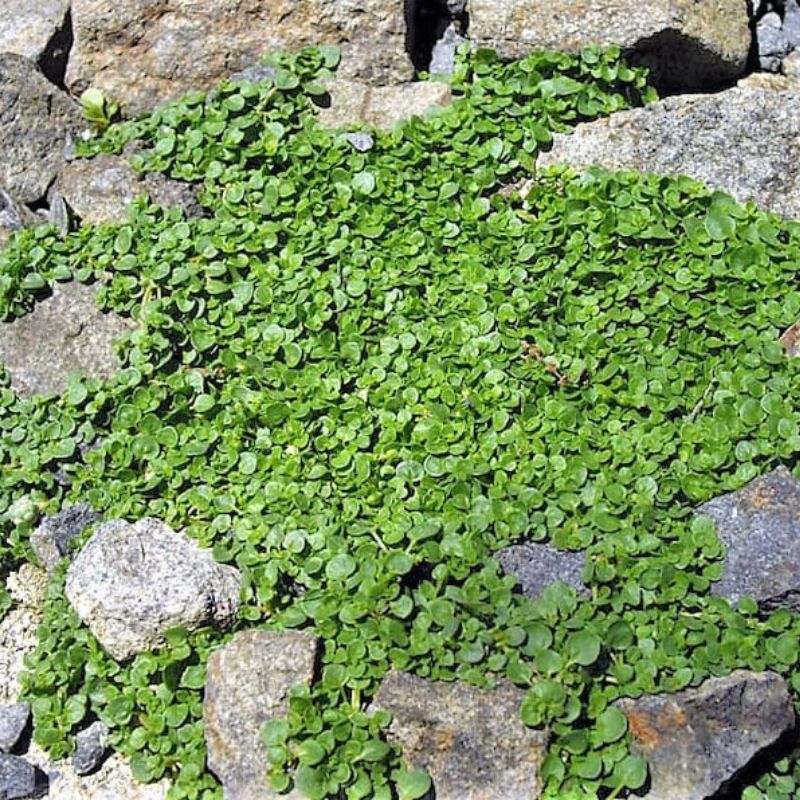- Historical context: Corsican Mint, scientifically known as Mentha requienii, is a species of mint that has been used for centuries for its aromatic properties and ground-covering abilities.
- Geographical origination: This plant is native to the Mediterranean region, specifically Corsica, Sardinia, and mainland Italy.
- Relevant cultural significance: Corsican Mint has been valued in Mediterranean cultures for its fragrant leaves and its use in culinary dishes, particularly in flavoring liqueurs such as Crème de Menthe.
- Time period of discovery: The exact time period of discovery is not well-documented, but it has been known and utilized since ancient times in its native regions.
- Original habitat: Corsican Mint typically grows in moist, shaded areas, often found in rocky or sandy soils near water sources in its native Mediterranean habitat.
- Notable historical uses: Historically, Corsican Mint has been used for its aromatic properties in gardens and as a flavoring agent in various culinary applications.
- Ideal temperature range: Corsican Mint thrives in temperatures ranging from 60°F to 70°F (15°C to 21°C).
- Soil type: It prefers well-drained, moist soil with a pH range of 6.0 to 7.5.
- Sunlight requirements: This plant grows best in partial shade to full shade, although it can tolerate some sunlight.
- Watering needs: Corsican Mint requires consistent moisture, so regular watering is essential, especially during dry periods.
- Planting season: The best time to plant Corsican Mint seeds is in the spring after the last frost.
- Germination time: Seeds typically germinate within 7 to 14 days under optimal conditions.
- Growth cycle duration: Corsican Mint is a perennial plant, meaning it can grow and thrive for multiple years under suitable conditions.
- Common pests and diseases: Common pests include aphids and spider mites. It can also be susceptible to fungal diseases like powdery mildew if not properly cared for.
- Companion planting advice: Corsican Mint can be planted alongside other moisture-loving plants such as ferns and hostas. It also works well as a ground cover in shaded garden areas.
- Common challenges and solutions: One common challenge is ensuring the soil remains consistently moist. Mulching can help retain soil moisture. Additionally, providing adequate shade can prevent the plant from drying out.
- Nutritional values: While not typically consumed in large quantities, Corsican Mint contains vitamins A and C, as well as various antioxidants.
- Health benefits: The plant has been traditionally used for its soothing properties, particularly in teas to aid digestion and relieve headaches.
- Culinary uses: Corsican Mint is used to flavor liqueurs such as Crème de Menthe and can be added to salads, desserts, and beverages for a minty flavor.
- Medicinal uses: In addition to its digestive benefits, Corsican Mint has been used in aromatherapy for its calming effects.
- Other unique advantages: Corsican Mint is an excellent ground cover due to its low-growing, spreading habit. It also releases a pleasant minty aroma when walked upon, making it a popular choice for garden paths and between stepping stones.
